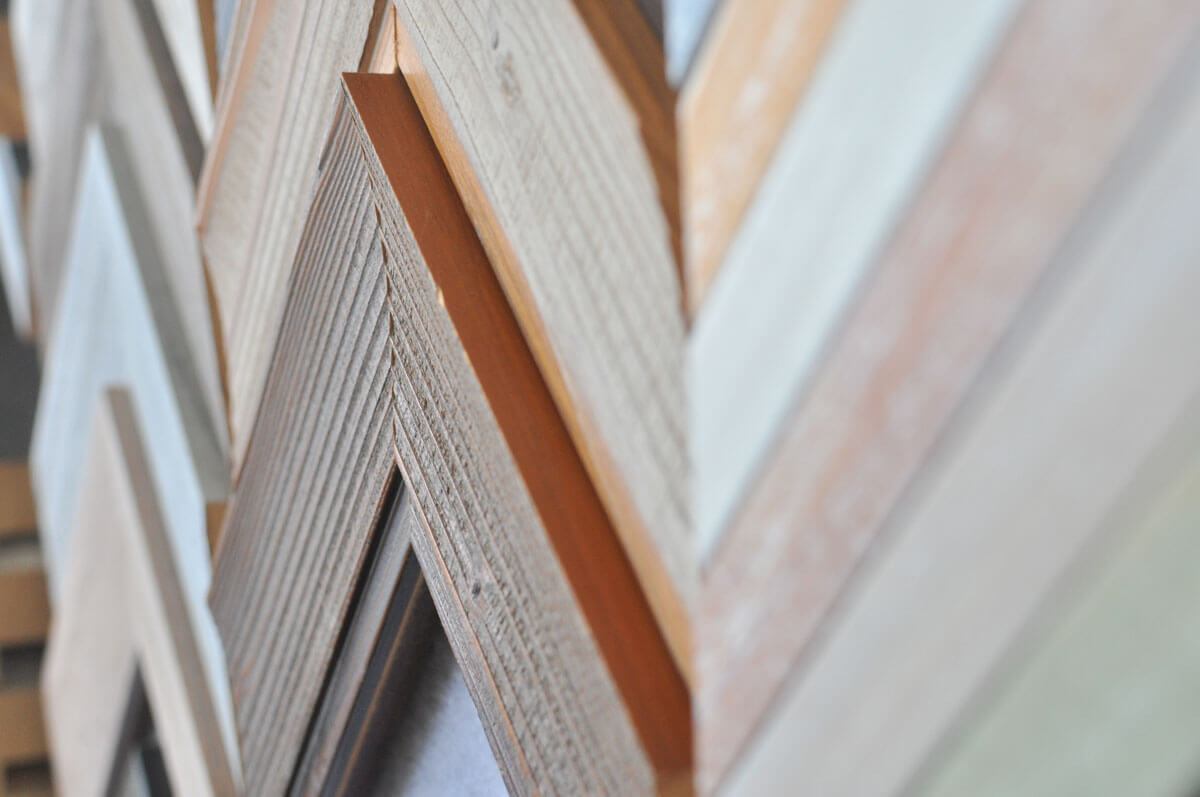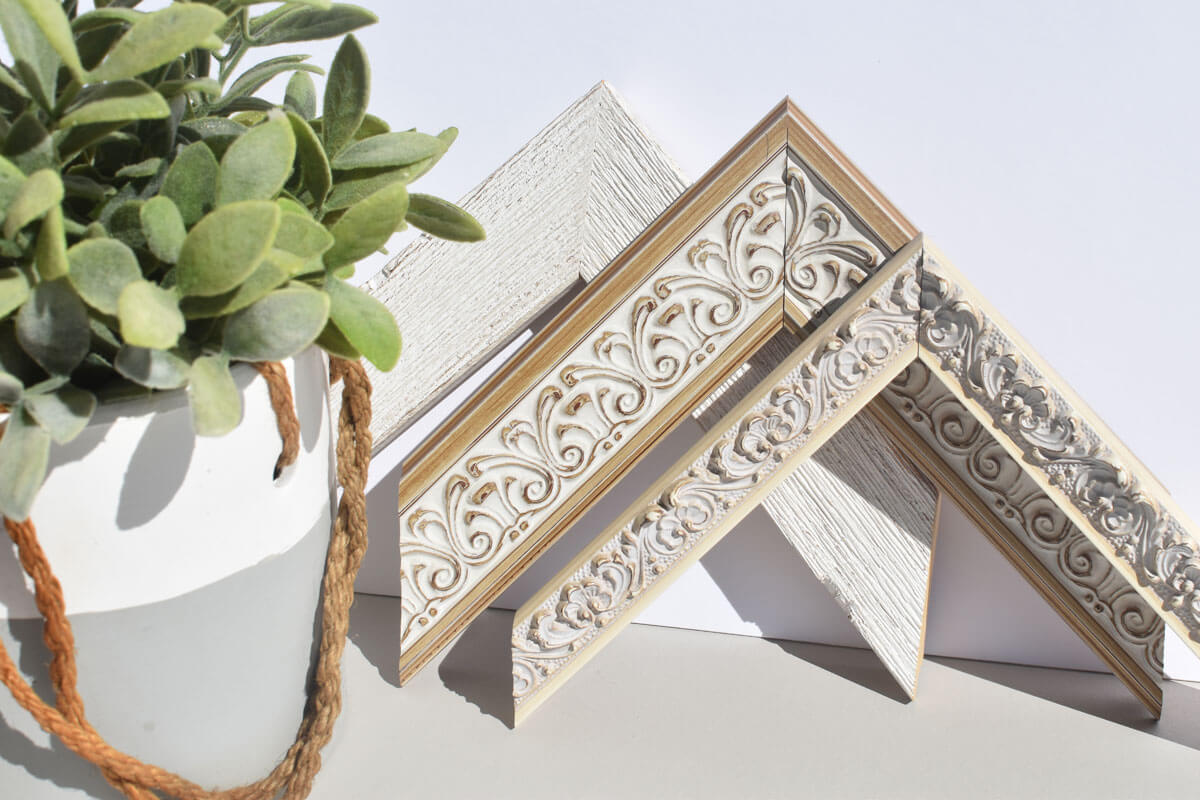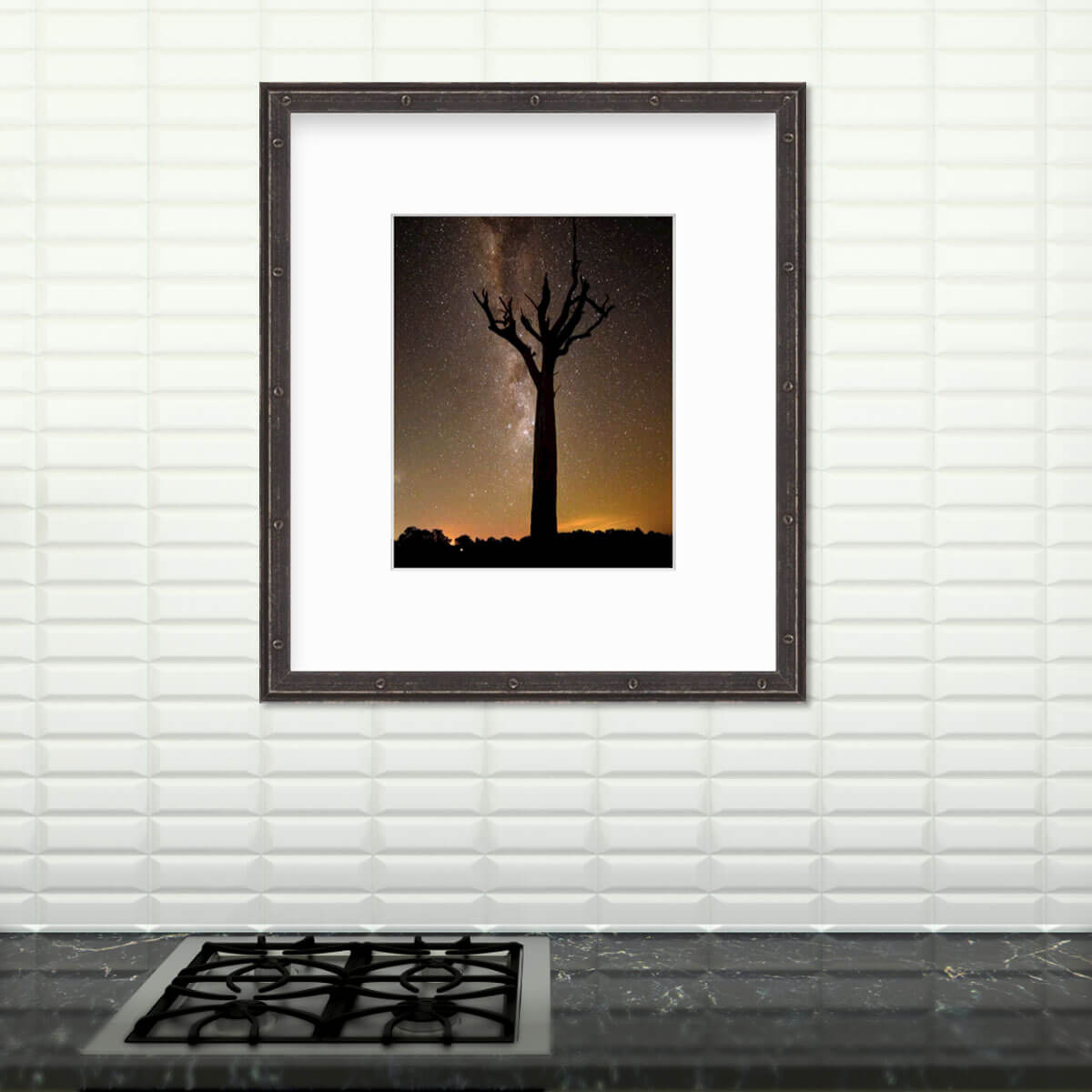As a photographer, capturing moments and turning them into timeless pieces of art is your forte. Each photograph you take holds a story, a memory and a feeling that you want to preserve for others to view and enjoy. The perfect picture frame serves as the vessel that enhances and protects your work, making the selection process of utmost importance.
In this guide, we delve into the world of picture frame types and styles, helping you choose the ideal frame to complement your photographs.
Understanding Picture Frame Types
Picture frames come in a variety of types, each offering unique characteristics and benefits. Here's a breakdown of some common frame types to consider:
- Wooden Frames: Classic and versatile, wooden frames are timeless choices for framing photographs. They come in a range of finishes, from rustic to polished, allowing you to match the frame to the mood and theme of your photograph. Wooden frames are perfect for adding warmth and a traditional touch to your images.
- Metal Frames: If you're aiming for a sleek and contemporary look, metal frames are an excellent choice. They are lightweight and durable, making them ideal for larger photographs. Metal frames are often used in modern settings or for showcasing black-and-white photographs with a minimalist aesthetic.
- Acrylic Frames: For a more modern and sophisticated appearance, acrylic frames are gaining popularity. They provide a crystal-clear view of your photograph and are often used in galleries and exhibitions. Acrylic frames are an excellent choice when you want your photograph to take centre stage without distraction.
- Shadow Boxes: Shadow box frames add depth and dimension to your photographs. They are designed to accommodate thicker objects, allowing you to frame items like textured prints, collages, or even objects related to the photograph's story. Shadow boxes are perfect for showcasing your creativity and adding an element of surprise to your photo frames.
- Canvas Float Frames: If you print your photographs on canvas, float frames are designed to give the illusion that the canvas is "floating" within the frame. This style provides a contemporary and elegant touch, highlighting the texture and depth of your canvas photo print.

Exploring Picture Frame Styles
In addition to different frame types, there are various styles to consider, each contributing a unique feeling to your photograph. Here are some popular picture frame styles:
- Classic Frames: Classic frames, often adorned with intricate details and ornate designs, are reminiscent of the past. They are perfect for adding an air of elegance and sophistication to your photographs, especially portraits or vintage-themed images.
- Modern and Minimalist Frames: If your photography style is characterised by clean lines and simplicity, modern and minimalist frames will suit your work perfectly. These frames enhance your photograph without overpowering it, making them an excellent choice for contemporary images.
- Rustic Frames: Capturing the essence of nature and simplicity, rustic frames often feature distressed wood and earthy tones. They are ideal for landscape and nature photographs, as well as images that evoke a sense of nostalgia.
- Gallery Frames: Gallery frames are typically sleek and understated, allowing the photograph to be the main focus. They are commonly used in exhibitions and galleries, creating a professional and clean presentation.
- Floating Frames: Float frames, as mentioned earlier, offer a unique look by allowing your photograph to appear suspended within the frame. This style is particularly effective for canvas prints, creating an artistic and contemporary display.

Factors to Consider
When selecting a frame for your photograph, there are a few key factors to keep in mind:
- Photograph Content: Consider the subject matter and mood of your photograph. Choose a frame that complements and enhances these aspects.
- Location: Think about where the framed photograph will be displayed. The frame should harmonise with the surroundings and decor of the space.
- Size and Proportion: Ensure the frame size and style are proportional to the photograph. A large, intricate frame might overwhelm a small photograph, while a delicate frame might get lost around a larger print. An often overlooked consideration is selecting a frame wide enough and strong enough to support a large framed photo with glass.
- Matting: Matting adds an extra layer of visual appeal and separation between the photograph and the frame. Consider the colour, v-grooves and width of the mat to create the desired effect. As with frames, size and proportion must be considered when determining the width of the matting.
- Durability: Depending on the environment where the framed photograph will be placed, consider the frame's durability and materials to ensure it stands the test of time. If the framed photo will be displayed in direct sunlight consider anti-glare, UV conservation or museum glass.
Conclusion
Selecting the perfect frame for your photograph is an art in itself. The frame you choose can elevate your work from a simple photograph to a cherished piece of art. By understanding the different picture frame types and styles available, you can make an informed decision that best suits your photographic style, the subject of your photograph and the space in which it will be displayed. With the right frame, you'll be able to preserve these moments captured in time and tell a story for generations to come.

At Frame Today, our staff are passionate about helping photographers like you find the perfect frame that truly enhances your creative work. Our wide range of frame types and styles ensures that you'll find the ideal match for your photographs, allowing you to create a custom masterpiece that captures the essence of your art. So, start exploring the world of picture frames and styles, and let your photographs shine in the spotlight they deserve.



